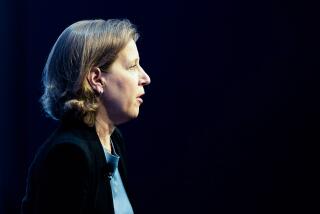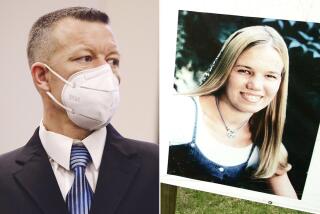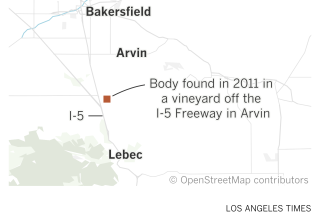David D. Perkins, 87; Dorothy Perkins, 84; couple were Stanford genetics researchers
David D. Perkins and Dorothy “Dot” Newmeyer Perkins, a husband-and-wife research team at Stanford University who were inseparable in the laboratory, proved inseparable in death as well, dying within days of each other this month.
Perkins, a pioneer in the use of the orange mold Neurospora crassa for studying genetics and cellular metabolism, died Jan. 2 at Stanford Hospital at age 87 after a short illness, the university announced this week.
His collaborator and wife of 54 years died four days later of natural causes at their home in Menlo Park, where she was in hospice care. She was 84.
“They were truly partners in everything: life, love, work and now death,” wrote Stanford colleagues David Jacobson and Namboori B. Raju on a memorial website.
David Perkins was not the first scientist to popularize N. crassa. Edward Tatum and George Wells Beadle used the organism in the 1940s for their work demonstrating that a single gene serves as the blueprint for a single protein, work that won them the 1958 Nobel Prize in physiology or medicine.
But Perkins took up their work, stimulating interest in the fungus and demonstrating its continued usefulness even while many researchers switched to the bacterium Escherichia coli. By 1982, he and several colleagues had published a catalog of more than 1,000 mutant Neurospora genes.
Initially, he worked with laboratory strains of the fungus, but in 1968 he began collecting wild strains in Asia, Africa and elsewhere. Ultimately, he collected more than 5,000 specimens over a period of 17 years, many of which helped scientists discover new insights into Neurospora evolution and reproduction.
Dorothy Newmeyer was a graduate student in Tatum’s Yale University laboratory, accompanying him when he returned to Stanford in 1948. She received her doctorate in 1951 and married Perkins, who had joined the Stanford faculty in 1949, the following year. She served as a senior research assistant in his laboratory until she was forced into retirement by ill health in 1988.
Even then, said Alice Schroeder of Washington State University, she was an excellent editor of the lab’s papers, “finding the unacknowledged assumptions, inconsistencies and ambiguous sentences in any manuscript.”
She wrote 30 papers during her career under the name D.L. Newmeyer.
David Perkins formally retired in 1989, when he reached the mandatory retirement age of 70, but he was quickly recalled to the university and he worked in his lab until the middle of December, when he was hospitalized with pneumonia.
The pair were widely described as humble and hard-working. David Perkins was notorious for his austere habits, eating a home-packed peanut butter and jelly sandwich every day for lunch.
The couple routinely brought in disadvantaged youths from East Palo Alto, putting them to work in the lab and tutoring them in the fundamentals of science. Students who could not afford to continue on to college were often given loans and told either to repay them or pass them on to someone else, said Robert J. Lloyd of Eastern Washington University, one of their former recruits.
They were constantly involved in community and global issues, Lloyd added, writing letters to the editors of local papers and petitioning politicians. “They never lost their passion for justice,” he said.
Schroeder wrote on the memorial website that Dorothy Perkins “showed me that you could be a mother and homemaker and also be active in civil affairs, play the cello and still be an excellent scientist.”
Perkins “was my scientific father -- pulling, pushing and, yes, nagging me to be better than I thought I could be,” she said. “He was also a great source for good murder mysteries, travel tips and stories.”
The couple are survived by a daughter, Sue Perkins of Seattle, and David Perkins’ sister, Priscilla Edling of Florida.
*
thomas.maugh@latimes.com






